Goose Control: Getting Ahead of Molting Season
by Annie Gavin
Time is of the essence when it comes to goose control. One of the biggest challenges bird control professionals face is attempting to reroute a Canada Goose population after the geese have already selected a brooding area and undergone a molt for the season. At this point, attempts to reroute the goose population will likely fail.
Industry best practices suggest getting ahead of molting season and deterring the Canada Goose population before they select the brooding area. So, why is it crucial to get ahead of molting season to successfully manage the goose population?
How Brooding Affects Goose Control
Canada Geese select their brooding areas very carefully, ideally near a reliable food source and a water source. This is by design in case geese and goslings need to swim to escape from threats during the flightless period.
Once a suitable area has been chosen, geese will settle down and begin to lay eggs and molt. During their molt, the adult geese become flightless for six weeks and will not leave the selected area. The goslings are also flightless until they reach 10 weeks of age, so the brood will be sticking around for quite a while.
As soon as the young have learned to fly and the parents have regained their flight, the geese move on to more productive areas for feeding. However, during the flightless period, they will remain stationary in the selected area despite attempts to reroute them.
Be Proactive About Goose Control
In most cases, it’s ideal to install goose control devices during the last week of February or the first week of March. Keep in mind that migratory patterns, molting and brooding season for Canada Geese vary depending on your location; you may need to do research and adjust your projected installation date. Check with local wildlife sources or give us a call to figure out the best time to implement goose control devices.
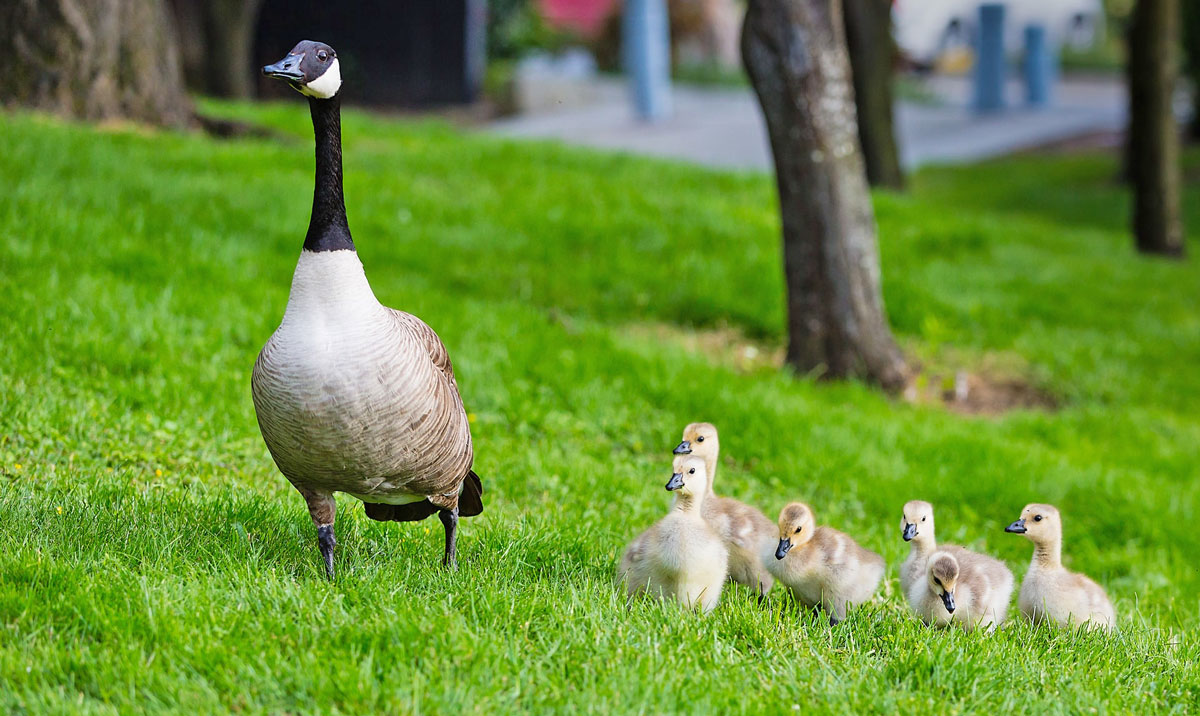
Credit Vivek Kumar
Recommended Goose Control Methods
Goosebuster PRO
The Goosebuster and Goosebuster PRO are two of our best-selling sonic devices. It is a one-of-a-kind system that broadcasts authentic Canada Goose alarm calls that signify immediate danger. The calls make geese feel unsafe and deter them from the area. The geese will move on to find a safer place.
Taste Aversions
Add an extra layer of goose protection with Bird Stop® taste aversion. Geese are natural grazers and prefer grassy areas near water. Bird Stop uses 100% organic, safe, humane ingredients that make grass taste bitter and unpleasant. Geese will move on to a new area that fulfills their need to be by a reliable food source.
Predator Decoys
The realistic 3-D coyote predator decoy makes geese feel unsafe and deters them from the area. Be sure to move your decoy to a new location daily so geese don’t become accustomed to the placement.
Sources
Recommended Products
Shop GooseBuster PRO
Shop Taste Aversions
Shop Visual Scares

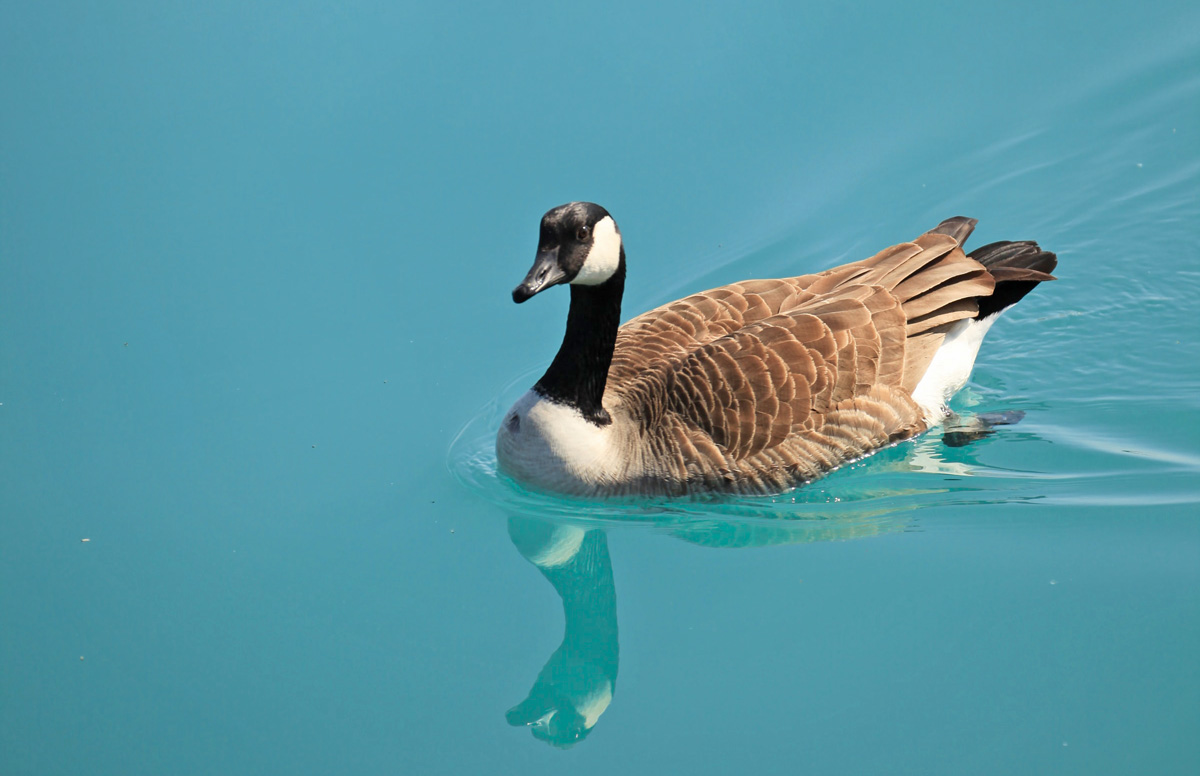

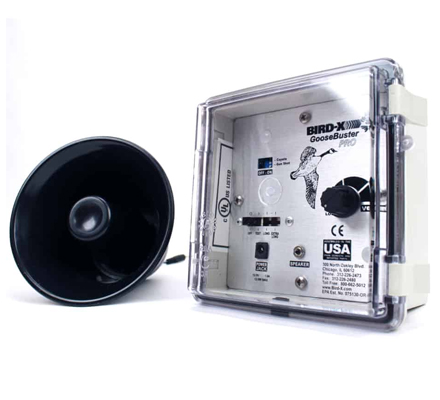
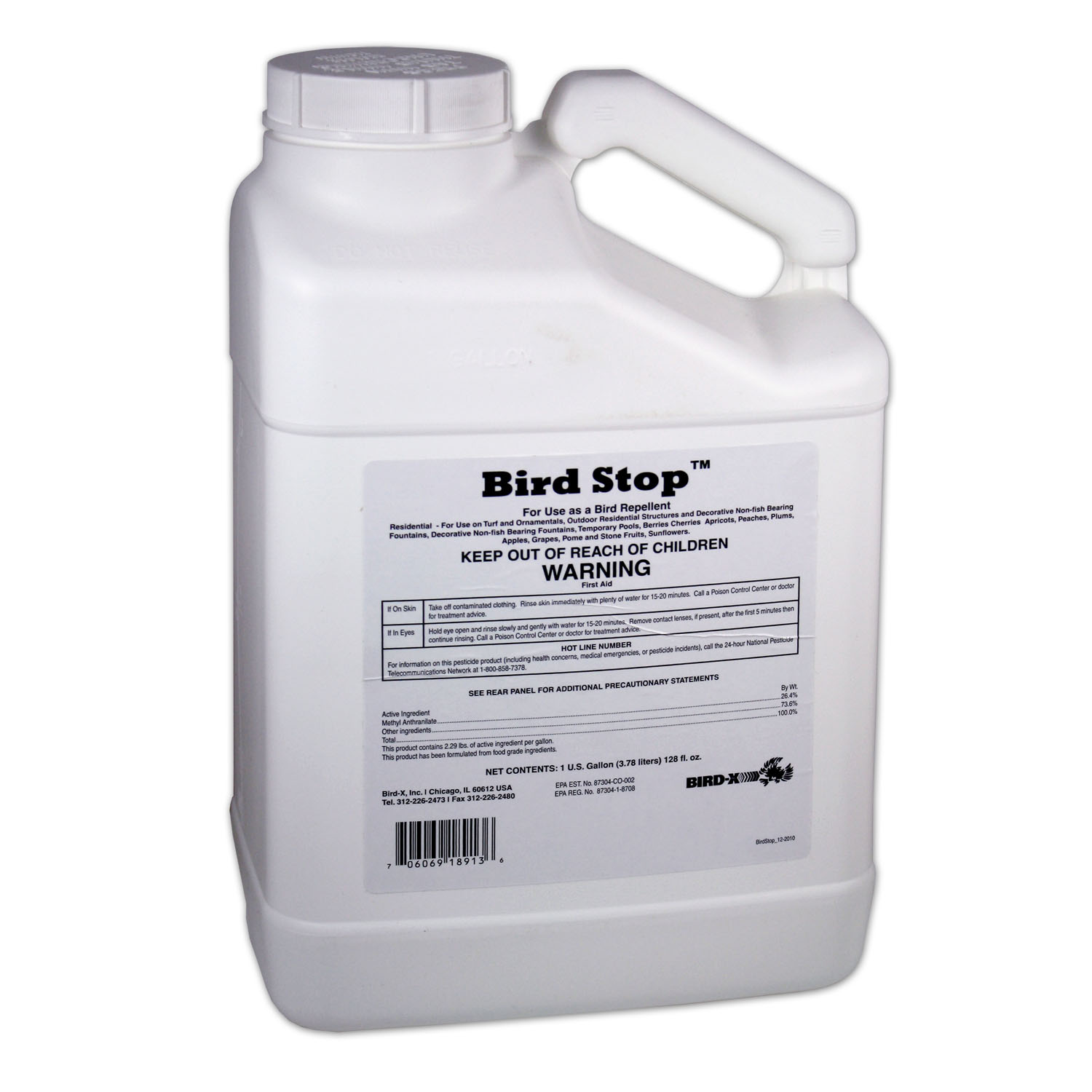
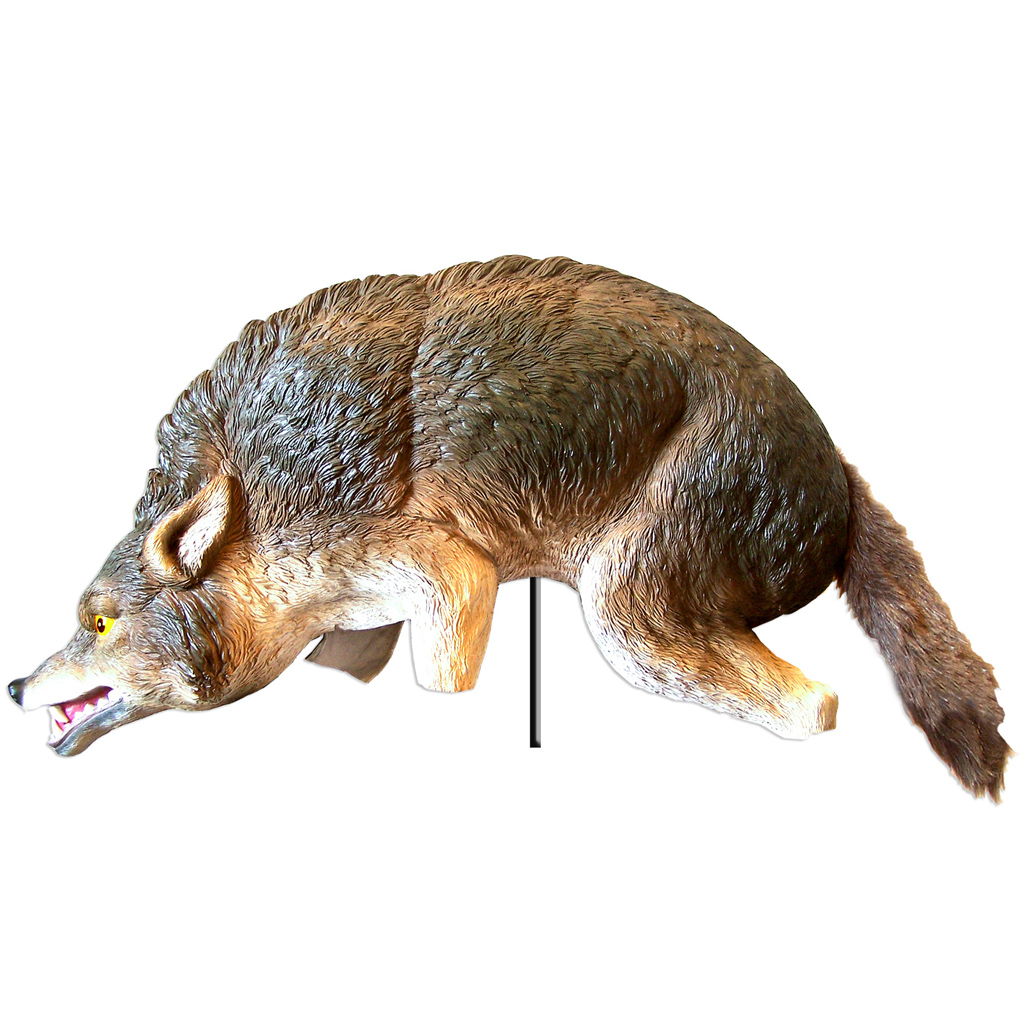


Thank you for the recommendation to start installing goose control devices during the last week of February or the first week of March. My friend had some issues with geese this past year and wants to make sure that the same things don’t happen again this year. It would be interesting to see how changing up her plans to include this could help her this coming year.
We would love to hear if she has success using these tips. Keep us posted, if possible!